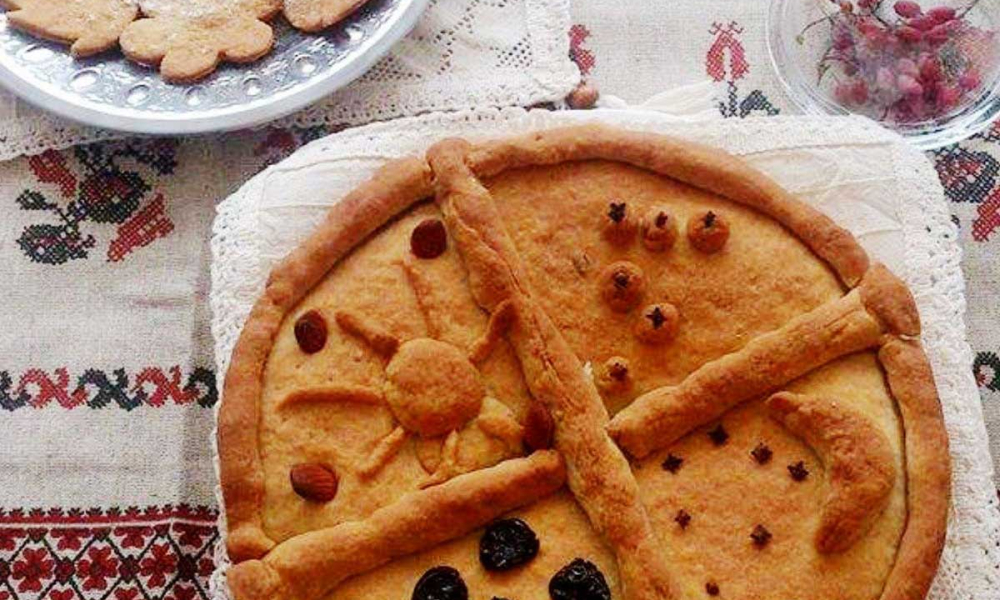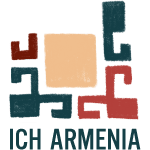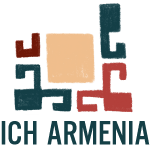
Tarehats is widespread in individual families, especially among Eastern Armenians.
The first mentions were found in the second half of the 19th century (E. Shahaziz, E. Lalayan, A. Aharonyan, Kajberuni).
It is an integral element of the folk-festive, symbolic complex. Knowledge and training skills are inherited. It is round or oval with a diameter of approximately 30-40 cm. In a number of regions of Armenia it was known under other names: krken, krkeni, dovlat krkeni, mijink, etc. The bread is cut on New Year’s Eve and distributed to members of the house. Decorations are symbolically associated with the ideas of cosmogenesis, creation and generation, etc. A “mijink” – a bean, a pea, a small grain or a coin – was placed in the Tarehats in order to predict the luck of the lucky person for the year. Tarehats was slaughtered according
to the number of all members of the household. In other places it was sometimes divided into 12 parts according to the number of months.


